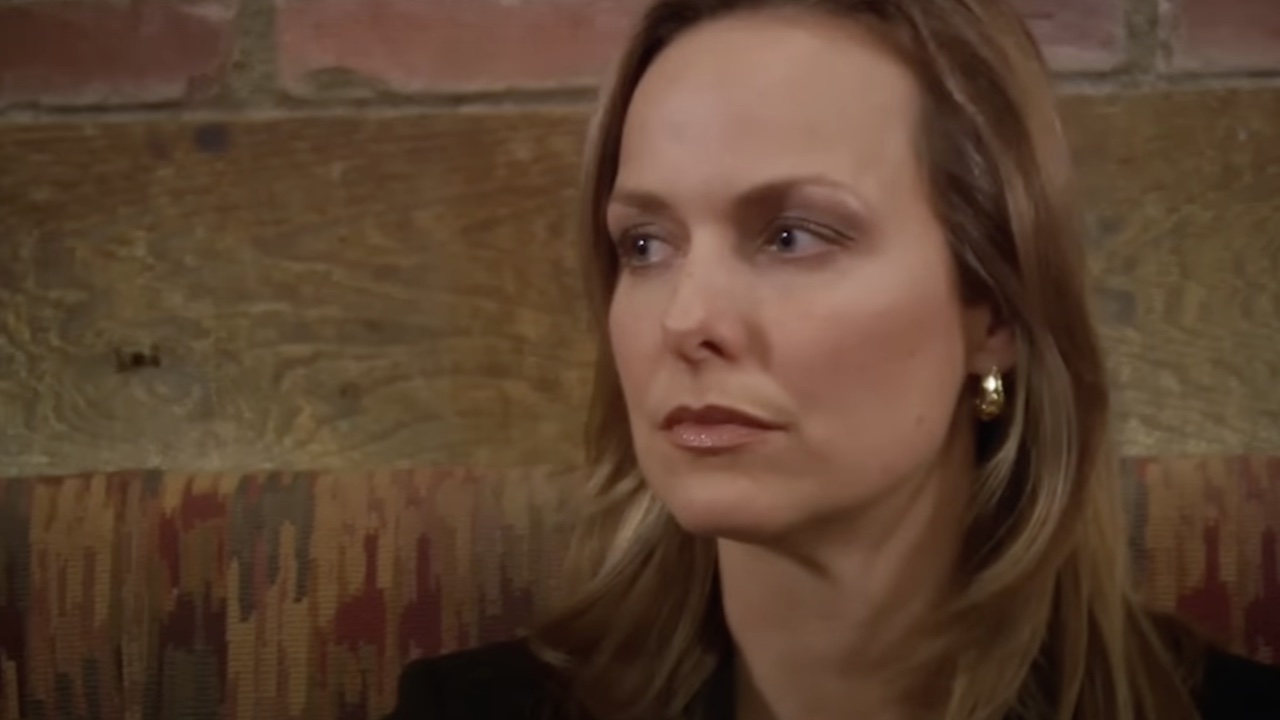Why Star Wars: Rogue One Needed Reshoots, According To Gareth Edwards

When talking about Rogue One: A Star Wars Story, there's one subject that's becomes an unavoidable topic of conversation: the film's storied re-shoots. Once thought to be a sheer product of studio notes, the truth has been decoded over time. Of course, there isn't much decoding left to do now that director Gareth Edwards has given a pretty comprehensive statement on what lead to the additional re-tooling of his entry into Star Wars history, and believe it or not, the decision was more organic than most would have you believe.
The L.A. Times spoke with Edwards recently, and his recap of the situation begins with noticing how the tone of the version of Rogue One: A Star Wars Story that was being crafted at the moment could go in a million directions. Gareth Edwards started to recall the situation as follows:
What happened was that I'd say a third of the movie or more has this embedded documentary style to it, and as a result we shot hours and hours and days and days of material. Normally when you put a film together it goes together like A-B-C-D-E and you move on. Whereas we had so many permutations, so many different ways it could be constructed, it took longer in the edit to find the exact version.
The positive side to a film like Rogue One: A Star Wars Story taking such an out of the box approach as it did with the documentary style footage is that, to a certain extent, it can afford to take such a detour in its creative process. Of course, the downside it that you've blown a good portion of your budget on all of this footage that you've filmed over time. From the looks of Gareth Edwards' further description of the situation, it sounds like the budget wasn't the issue, but rather the time involved with the measures that were required to pull the film into manageable shape. Edwards continued his explanation:
We'd always planned to do a pickup shoot but we needed a lot of time to figure out all this material and get the best out of it. So that pushed the entire schedule in a big way. Then Disney saw the film and reacted really well and they said, "Whatever you need, we're going to support you." Our visual-effects shot count went from 600 to nearly 1,700, so suddenly we could do absolutely anything we wanted. To design 1,000 visual effects shots should take a year, so it was all hands to the pump and we never came up for air really until about a week ago.
Of course, all of this talk about the re-shoots doesn't address the main concern that Rogue One: A Star Wars Story seemed to have with assembling its finished product: the tone of the ending to Edwards' piece of the Star Wars universe and that of A New Hope's first 10 minutes. Then again, the subject of re-shoots on Rogue One has rarely been clean cut, except for one factor: they exist, and they're here to help whip the film into shape. If the reactions to the footage shown to critics last weekend is any indication, it sounds like they've done their job.
Rogue One: A Star Wars Story will arrive in theaters, fully assembled and ready to go, on December 15th for early showings.
Your Daily Blend of Entertainment News

Mike Reyes is the Senior Movie Contributor at CinemaBlend, though that title’s more of a guideline really. Passionate about entertainment since grade school, the movies have always held a special place in his life, which explains his current occupation. Mike graduated from Drew University with a Bachelor’s Degree in Political Science, but swore off of running for public office a long time ago. Mike's expertise ranges from James Bond to everything Alita, making for a brilliantly eclectic resume. He fights for the user.
